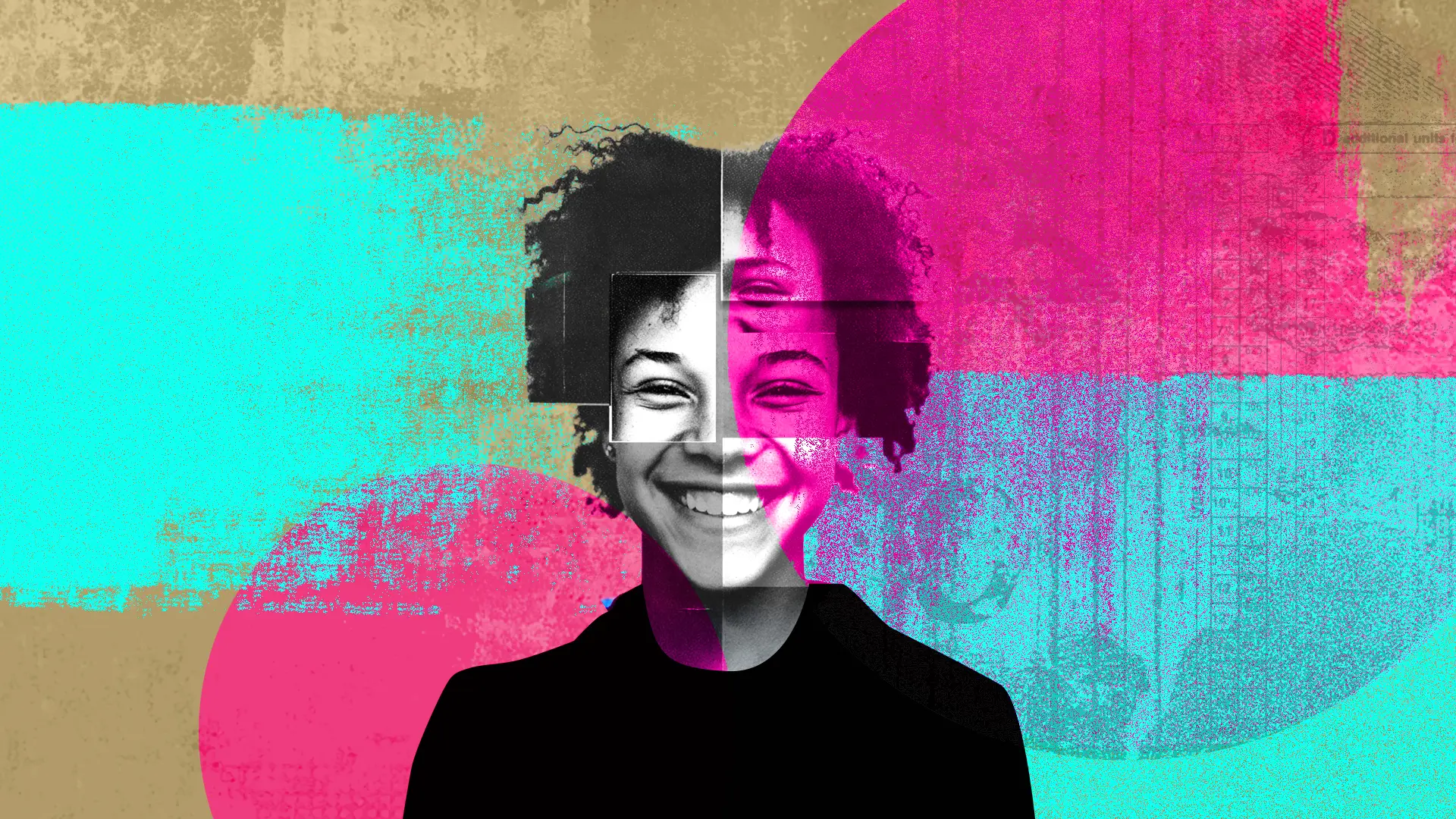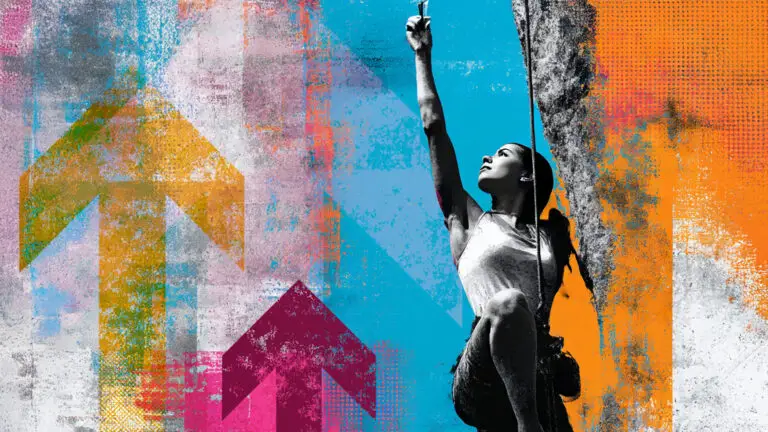Every teacher’s had that moment. You see a student walk in, head down, shoulders hunched, completely switched off. They’ve already decided today’s lesson isn’t for them. Maybe they’ve already decided education isn’t for them. You deliver the session, you follow the plan, but you can feel it… they’re just not switched on.
Then something shifts.
Not because of a worksheet or a classroom display. Because of a comment. A small win. A quiet moment where they start seeing themselves differently. That little change in posture. That flicker of interest. That’s where the real teaching happens.
I’ve spent years thinking about this. Not just how we teach, but how we build people. Teaching’s more than lesson plans and qualifications. It’s about building student identity and helping them write a better story about who they’re becoming.
This idea of building student identity is something I recently spoke about as a keynote speaker at the FE Showcase at the University of Derby. You can listen to an audio recording of that below:
The research backs this up. James Clear’s Atomic Habits talks about how identity drives behaviour and lasting change. Carol Dweck’s Mindset shows how believing you can improve leads to more effort, better resilience, and higher achievement. Who students believe they are shapes every choice they make.
That’s why I created the Student IdentityKIT. It’s not a gimmick or another task to tick off. It’s a simple tool that helps students step back, take ownership, and see themselves as someone who’s going somewhere. Not a passenger. Someone in control.
Why Building Student Identity Matters More Than Any Lesson Plan
One of the biggest lies we tell ourselves as teachers is that content is king. We get so focused on syllabus coverage, assessment criteria, and ticking boxes that we forget something more important. Students don’t remember most of the content we deliver, but they always remember how we made them feel about themselves.
This is where building student identity makes a real difference.
When students believe “I’m someone who learns” or “I’m someone who sticks at things,” their behaviour shifts. Not because we push harder, but because they choose to show up differently. They start writing a better story about who they’re becoming.
This is exactly what James Clear explains in Atomic Habits. The real change happens when someone says, “I’m the kind of person who…” That belief sticks. It keeps showing up long after a course ends.
When we focus just on content, we risk helping students pass without helping them believe they’re capable of more. I’ve seen it happen. Students walk out with a certificate but leave their confidence behind. They tick the boxes but stay stuck in the same story about themselves.
That’s what we need to change. Building student identity means students leave us with confidence and the belief that they can keep learning and growing long after they leave our classrooms.
Building Student Identity Through Everyday Relationships
You don’t build identity with a PowerPoint slide. You build it through real connection. This is why building student identity transforms motivation in a way no scheme or initiative ever will.
Every teacher’s seen it. You have that student who’s completely switched off. They roll their eyes, avoid work, maybe even skip sessions. Then something shifts. Not because of a lesson plan, but because you took a moment to talk to them. Maybe you spotted something they’d done well. Maybe you noticed they showed up when it would’ve been easier to give up. Those little moments can flip a switch.
I always go back to one of my most memorable students, Matt. I shared his story in my keynote at the FE Showcase. When I first met Matt, he was disruptive and shut off. The kind of student some staff would quietly warn you about. But underneath all of that, there was a kid who was watching. He wanted to know if I’d write him off like everyone else had.
The depth of the professional relationship we created changed everything. Slowly, he started to see himself differently. Not just as a kid stuck in a system, but as someone who could build a different future. He shifted from being written off to applying for the London College of Fashion. He built an identity around creativity, around possibility, and it stuck.
Building student identity happens through these personal connections. It’s about the quiet moments where you notice who they’re becoming and tell them so. You’ll never capture this in a marking policy. You’ll see it in corridor chats and informal feedback.
This is also exactly the kind of information that should go into our group profiles. Not just the surface-level data, but the human stuff. Who they’re becoming, what lights them up, and what we’re doing about it. You can read more about this here: How to Write Student Group Profiles.
Three Simple Shifts for Building Student Identity
Building student identity doesn’t have to mean extra workload. Small changes in how we talk and how we notice progress can make a big impact. Here are three ways to start.
1. Talk Like They’re Becoming Someone
Students don’t need long speeches. They just need teachers who notice them becoming better. You don’t need to make it formal. Just shift your language.
- “That’s the kind of persistence that gets results.”
- “This is you starting to think like a designer.”
- “That’s a smart way to approach that challenge.”
Building student identity starts with language. When you say it, they start to believe it. And when they believe it, they act on it.
2. Use Quick Reflection Prompts
Reflection builds self-awareness. When you ask students to notice their own growth, it starts to stick. You don’t need loads of time, just quick prompts like:
- “What are you proud of from this project?”
- “Where have you surprised yourself?”
- “What have you done this term that your younger self wouldn’t have believed?”
The Student IdentityKIT includes plenty of these. These reflections help students shift from just chasing grades to recognising progress.
3. Personalise Group Profiles to Build Identity
Group profiles are perfect for building student identity, if we move beyond the basics. Try adding notes like:
- What motivates them?
- What strengths have I spotted?
- What do I need to help them see about themselves?
- What am I doing about it?
When you plan around identity, not just grades, you’ll notice more moments to reinforce it during lessons.
Why Building Student Identity Changes Everything
Building student identity isn’t about extra tasks. It’s about using the time you already have to shape how students see themselves. When students believe they’re the kind of person who learns, who improves, who sticks at things, they stay motivated without us having to push.
It’s about the quiet moments, the five-minute conversations, the quick feedback. It’s about noticing strengths and showing students they have value beyond assessments.
If you’d like a simple way to get started, you can download the Student IdentityKIT below. It’s full of easy prompts and activities to help students build a positive story about themselves.
You can also get practical ideas for your group profiles here: How to Write Student Group Profiles.
When students leave us believing in themselves, everything changes.
Want the Research? Start With These Evidence-Based Resources
Clear, J. (2018). Atomic Habits. Available at: https://amzn.to/459AaRT
Duckworth, A. (2017). Grit: Why Passion and Resilience Are the Secrets to Success. Available at: https://amzn.to/3Gzxd3Q
Dweck, C. (2017). Mindset – Updated Edition: Changing the Way You Think to Fulfil Your Potential. Available at: https://amzn.to/46jueXK
Get Your FREE Download







